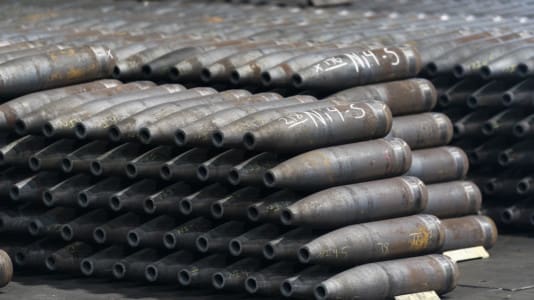
Serbia has purchased Soviet-era air defense system components from Hungary; the country has been purchasing a range of military equipment that Hungary no longer needs.
Serbian website Srbija Danas reports that the deal is about the RStON 1S91M target detection and tracking radar stations, which were targeted by AGM-88 HARM anti-radar missiles during the NATO air campaign against Yugoslavia in 1999. The procurement of the RStON 1S91Ms is necessary to activate the missile systems of the existing 2K12 KuB missile classes of the Serbian air defense.
The 2K12 KuB was developed in the Soviet Union in the 1960s but was modernized jointly by the Hungarian and Polish defense industries in the 2000s. A similar deal between Hungary and Serbia has been concluded in recent months.
The Serbian Army maintains three KuB-M classes in the framework of the 250th Air Defense Missile Brigade, deployed in Novi Sad, Kragujevac and Niš. The army is planning to set up a new sub-unit in Kraljevo, which also requires the purchase of second-hand radio-electronic vehicles.
The KuB was the first Soviet-developed semi-active self-guided air defense missile system to be deployed on a regular basis, in close coordination with the mechanized divisions. According to the portal, the air defense system excelled in destroying low-flying fighter aircraft in the Middle East in 1973 and was placed on the Yugoslav People’s Army’s procurement list, with the first units arriving in the country in 1975.
Not the first military deal between Hungary and Serbia
The KuB weapon system has been in use in Hungary since the late 1970s, and some of the equipment was modernized jointly by the Hungarian and Polish defense industries between 2001 and 2002. The self-propelled target detection and tracking stations and the launchers have undergone upgrades and work to extend their life.
A similar deal between Hungary and Serbia was concluded in recent months when Serbia purchased 26 BTR-80A armored infantry fighting vehicles from Hungary. It turned out then that Hungary had acquired more than half a dozen of these combat vehicles in the 1990s, but they no longer meet Hungary’s long-term defense needs, which is why Hungary’s military has sold a small number of them.





